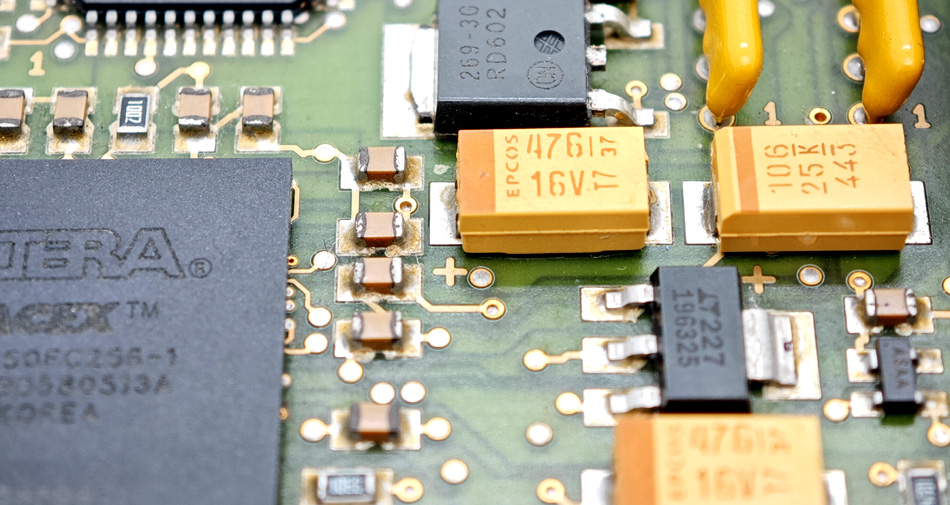- English
- Español
- Português
- русский
- Français
- 日本語
- Deutsch
- tiếng Việt
- Italiano
- Nederlands
- ภาษาไทย
- Polski
- 한국어
- Svenska
- magyar
- Malay
- বাংলা ভাষার
- Dansk
- Suomi
- हिन्दी
- Pilipino
- Türkçe
- Gaeilge
- العربية
- Indonesia
- Norsk
- تمل
- český
- ελληνικά
- український
- Javanese
- فارسی
- தமிழ்
- తెలుగు
- नेपाली
- Burmese
- български
- ລາວ
- Latine
- Қазақша
- Euskal
- Azərbaycan
- Slovenský jazyk
- Македонски
- Lietuvos
- Eesti Keel
- Română
- Slovenski
- मराठी
- Srpski језик
Automated detection and troubleshooting in PCBA processing
2024-05-04
In PCBA processing, automated inspection and troubleshooting are critical quality control steps that can help identify and repair problems in circuit board assembly. Here are some key aspects related to automated detection and troubleshooting:

1. Automatic optical inspection (AOI):
AOI systems use cameras and image processing technology to inspect components, soldering and printing quality on circuit boards. It can identify missing parts, misalignments, misalignments, solder problems, etc during PCBA processing.
AOI systems can also perform displacement and polarity checks to ensure components are installed correctly.
2. X-ray inspection (AXI):
AXI systems use X-rays to inspect the internal quality of soldered connections, specifically solder joints on components such as BGA (Ball Grid Array) and QFN (Leadless Package).
AXI can detect problems such as insufficient solder, weak solder, solder short circuit, and solder position deviation during PCBA processing.
3. Continuous spectrum analysis (CMA):
CMA technology is used to detect signal integrity issues on high-frequency and high-speed circuits, such as signal reflections, delay deviations and waveform distortion.
It helps ensure the reliability of high-speed signal transmission.
4. Fused connector test:
Fused connector testing is used to verify the reliability and performance of the connector to ensure there are no problems when plugging and unplugging the connection.
5. High voltage test:
High voltage testing is used to detect insulation issues on circuit boards to ensure there are no potential electrical faults.
6. Environmental testing:
Environmental testing includes temperature cycling, humidity testing and vibration testing to simulate the performance and reliability of the circuit board under different environmental conditions.
7. Electronic Test Equipment (ATE):
ATE systems are used to fully test the functionality of circuit boards to ensure that all components and functions are working properly.
8. Data recording and analysis:
Record inspection results and test data and conduct data analysis to track problems, improve PCBA manufacturing processes, and improve product quality.
9. Automated troubleshooting:
Once an issue is detected, automated systems can help determine the root cause of the problem and provide fix recommendations. This saves troubleshooting time and cost during PCBA processing.
10. Manual intervention:
While automated detection is critical, in some cases human intervention from engineers is required, especially in troubleshooting and analysis of complex problems.
Automated inspection and troubleshooting play a key role in PCBA processing and help ensure product quality, performance and reliability. These technologies and systems can reduce human errors, increase production efficiency, reduce the rate of defective products, and ensure that electronic products meet expected standards before being delivered to customers.
-
Delivery Service






-
Payment Options









